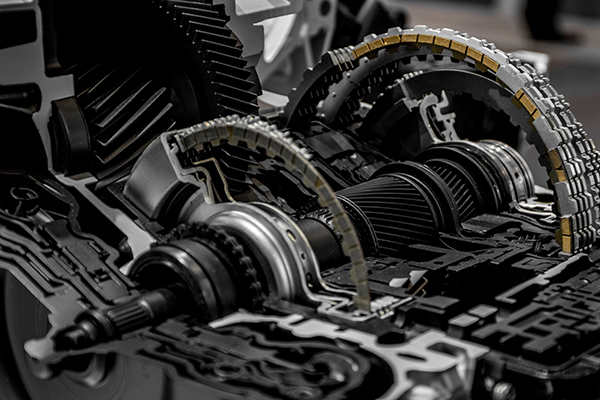
In the quest for enhanced fuel efficiency and performance, the automotive world has seen a steady increase in the number of gears in automatic transmissions. From the once-standard 4-speed to the more modern 7, 8, and even 9-speed transmissions, this evolution raises the question: what's the difference between them, and how do they impact your driving experience?
How Do 7-Speed Automatic Transmissions Work?
The 7-speed automatic transmission, often found in performance and luxury vehicles, provides a balance between fuel efficiency and quick acceleration. It works by having seven gear ratios that the transmission system shifts through automatically. The lower gears offer faster acceleration, while the higher gears are tuned for better fuel economy and cruising at higher speeds with lower engine RPMs. The inclusion of the seventh gear allows for a smoother transition between gears, enhancing both performance and efficiency.
The most popular 7-speed automatic transmission is the Mercedes-Benz 7G-Tronic Plus. Well known models that use it are the Mercedes-Benz C-Class (W204 and W205), Mercedes-Benz CLS-Class (C218 and C257), and Mercedes-Benz GLE-Class (W166 and W167).
How Do 8-Speed Automatic Transmissions Work?
8-speed automatic transmissions take this a step further. With an additional gear, they provide even more precision and efficiency. The main benefit of an 8-speed transmission lies in its ability to keep the engine within its optimal power range for a longer time. This results in better fuel economy, improved acceleration, and smoother gear shifts. It also contributes to a quieter ride at high speeds, as the engine doesn't have to work as hard.
The legendary ZF 8HP - the most popular 8-speed transmission ever made. Some of the most popular cars that use it are: BMW 7 Series (F01), Audi RS5, Jeep Grand Cherokee.
How Do 9-Speed Automatic Transmissions Work?
The 9-speed automatic transmission is the latest advancement in this area, offering even greater fuel efficiency and performance. With more gears at its disposal, the 9-speed transmission provides a wider range of gear ratios. This ensures that the engine runs at the most efficient RPM, reducing fuel consumption and emissions. It's particularly beneficial for vehicles that need to balance power and efficiency, such as SUVs and light trucks.
One of the most common 9-speed transmissions is the GM 9T65 - two models that use it include the Cadillac XT5 and the Chevrolet Malibu. Another popular one is the Mercedes-Benz 9G-Tronic, which can be seen in all of their newest models.
What Are The Differences Between All Of Them?
The primary differences between the 7, 8, and 9-speed transmissions lie in their fuel efficiency, performance, and the smoothness of the driving experience.
Fuel Efficiency
As the number of gears increases, so does the vehicle's ability to save fuel. More gears mean the engine can operate closer to its optimal efficiency range.
Performance
Higher gear transmissions provide quicker acceleration and smoother rides. With more gears, the vehicle can shift more precisely, giving you better control and responsiveness.
Driving Experience
Transmissions with more gears offer a smoother transition between them. This means less noticeable gear changes and a more comfortable ride, especially at higher speeds.
Does your transmission need a check-up or repairs? Integrity Auto Services is here to help - just give us a call, and we will schedule you for a visit.